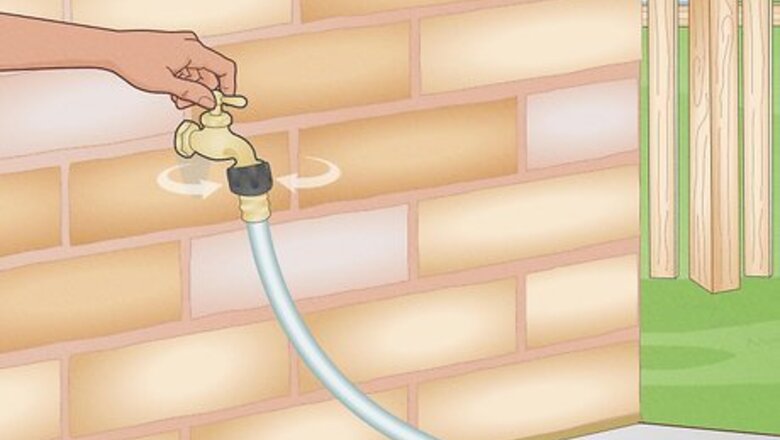
views
Fine-Tuning Your Sprinkler Coverage
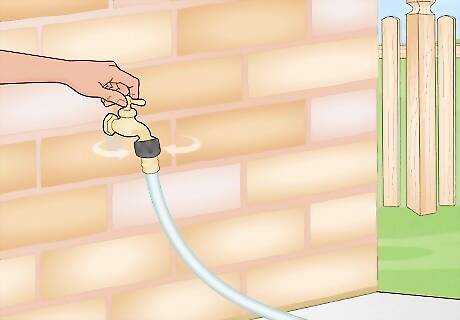
Adjust the flow of water at the source. The simplest way to change the amount of water coming out of your impact sprinkler is to tighten (clockwise) or loosen (counterclockwise) the hose faucet where it’s hooked up. Opening the faucet to increase the water flow will increase the power and coverage of the stream, while decreasing the flow will confine the sprinkler coverage to a smaller area. Use a lower water flow when you want to avoid damaging delicate plants, like flowers and leafy shrubs, with a forceful blast.

Change the position of the diffuser pin. The diffuser pin is a large screw anchored to the base of the sprinkler head. If you want to decrease the distance that your sprinkler covers, screw the pin in a clockwise direction until it sits over the water nozzle. For a more concentrated stream that will go further, unscrew the pin all the way or remove it entirely. When inserted, the diffuser pin breaks up the stream, causing it to fan out in a delicate spray or mist. The further the pin projects over the opening, the shorter and wider the spray will be.
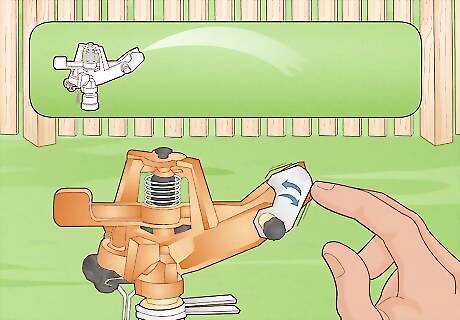
Raise or lower the deflector shield. Swivel the flat metal square attached to the body of the sprayer head (just beside the diffuser pin) up or down. When the stream hits the downturned deflector shield, it will be redirected into a lower arc perfect for watering nearby plants and patches of grass. If you’re trying to water from one end of your lawn or garden to the other, keep the deflector shield up. This will allow the stream to travel in a higher arc and cover longer distances.
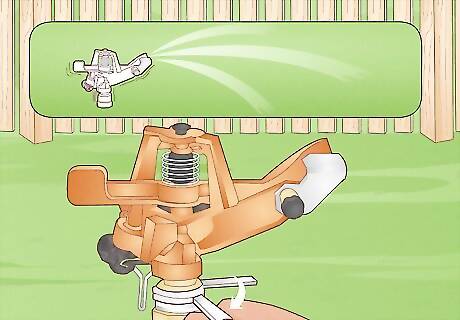
Use the friction collars to alter the spray pattern. Twist the metal clamps that wind around the base of the sprinkler head into different positions to determine the movement of the sprinkler head. The closer together the collars are, the narrower the watering range. As the sprinkler turns, the wiry metal piece at the base of the head, known as the trip pin, will run up against the collar clamps, causing the sprinkler to reverse direction. Make sure the trip pin stays within the range you want to set for the sprinkler. That way you can water the rose bushes outside your home without dousing the front porch or the garage door.
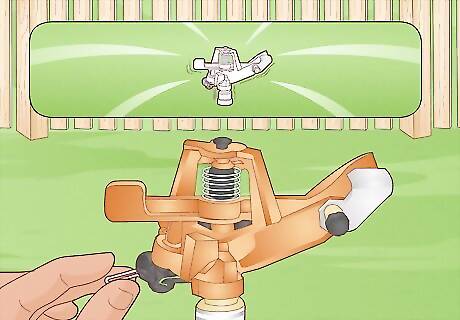
Flip up the trip pin for full 360 degree coverage. If you want the sprinkler to rotate all the way around, simply lift the trip pin until it rests up against the sprinkler head. It will then be able to send out water in a smooth, radial motion. Getting the trip pin out of the way can be helpful if your sprinkler system is located in the center of the area you’re watering.
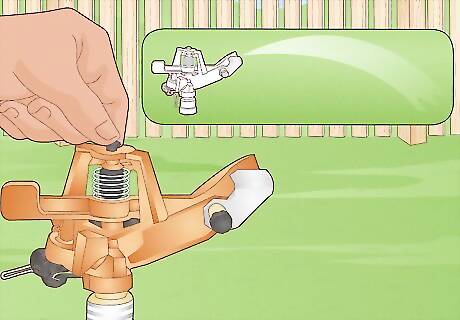
Adjust the distance control dial. Some impact sprinkler models feature a separate dial that allows users to manually set the desired spray distance. If your sprinkler has one of these dials, turning it to the left will reduce the force of the stream, while turning it the right will pressurize it to send it further. The approximate distances should be clearly labeled in feet or meters, making it easy to get just the right coverage. Assuming your impact sprinkler doesn’t have a distance control dial, you’ll get the best custom spray by tinkering with the water pressure, diffuser pin, and deflector shield.
Choosing and Maintaining the Right Setup
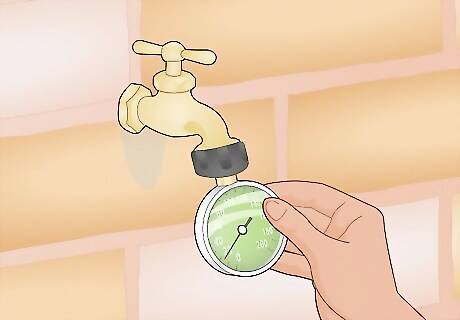
Make sure you're using a water source with a pressure of at least 15 psi. Lower water pressures won’t have the force needed to make an impact sprinkler system effective. If your sprinklers are falling short or don’t seem to be putting out water at a very high rate, you may be better off with a different method of irrigation. You can find out how many psi’s you’re working with by calling your local water provider or using a pressure gauge that fits over the end of a standard garden hose. Most residential areas have an average water pressure somewhere between 40-60 psi. However, yours might be lower if you get your water from a pump or well.
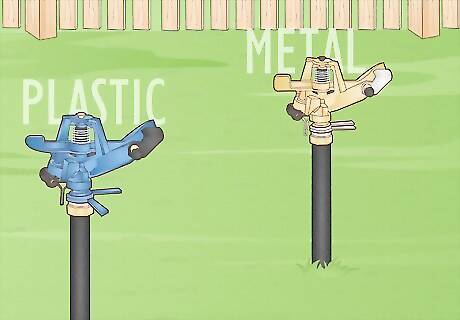
Choose the right sprinkler head. Impact sprinkler heads are usually sold in a couple different materials—plastic and metal. Plastic heads are lightweight, making them easier to turn with a conservative water flow of around 20-40 psi. While they tend to be slightly more expensive, metal heads will be better able to handle the strain of higher pressures. Metal sprinkler heads are also more durable, meaning they’ll last longer and experience fewer issues. If you’re unsure which type of head will work best for your home, consult with a home improvement or gardening expert while you’re shopping for an impact sprinkler system.
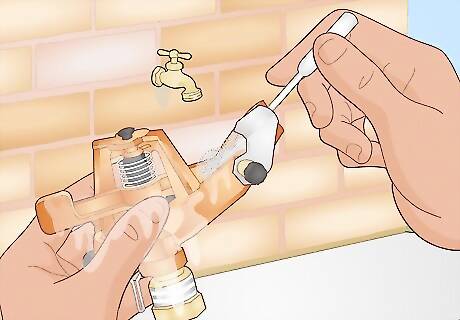
Clean your sprinkler periodically. A new sprinkler that has stopped performing to its usual standard may just be in need of a good cleaning. Remove the sprinkler head from the base and disassemble it to gain access to the nozzle and swivel bearing. Gently scrub each piece with hot water and a bottle brush to remove any debris or mineral buildup that may be inhibiting the sprinkler’s movement. Common symptoms of a dirty sprinkler include a weak stream with normal water pressure, turning to one side and stopping, and failing to rotate at all. A mixture of vinegar and warm water can cut through heavy mineral and sediment deposits that have accumulated inside the sprinkler head.


















Comments
0 comment